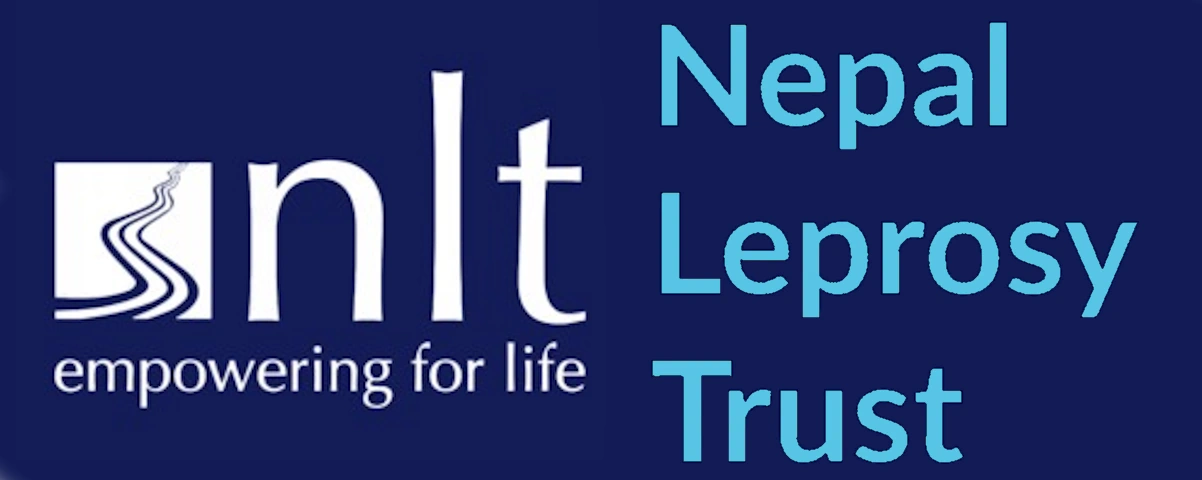Himalayan Batiks
Himalayan Batiks is one of NLT’s Income Generation Projects.
This project employs more than 20 producer families, working at home to make various products using the batik technique with wax and dye on cotton fabric.
People with disabilities, students from low income families, women who have been deserted by their husbands or people who are disadvantaged in some other way and marginalized persons in Nepal find through this project not only a source of income, but a way to recover dignity and a place in their community. Thus demonstrating their skills, workers of Himalayan batiks move towards a greater economic, social and psychological inclusion.
The industry produces different varieties of wall hanging, greeting cards, mini cards and bookmarks for local and export markets. Buying these products, you not only support fair trade, but also contribute to fight gainst the exclusion of most disadvantaged persons.
What are Batiks?
Batiks are coloured dyed pictures produced on textiles by using wax to cover the areas not to be dyed. The process originated in Java and batiks are recognized particularly because of the distinctive black crack marks that are produced on the picture as part of the process.
How are Batiks made?
The batik design is drawn by pencil onto white cotton. The first stage of the dying process will involve the application of the brightest colour. This is done by waxing the cloth in the areas that need to remain white. When the cloth is dipped in the dye the waxed area is the only part of the cloth that will not take the dye. The process is then repeated with wax put onto the area of the picture where the maker wishes to retain the previous colour. The process continues until the last colour (which is the darkest) is applied. The whole picture is then covered in wax. When the wax has dried it is cracked and the picture is dipped into black dye. This is the stage that gives batik its distinctive appearance.

